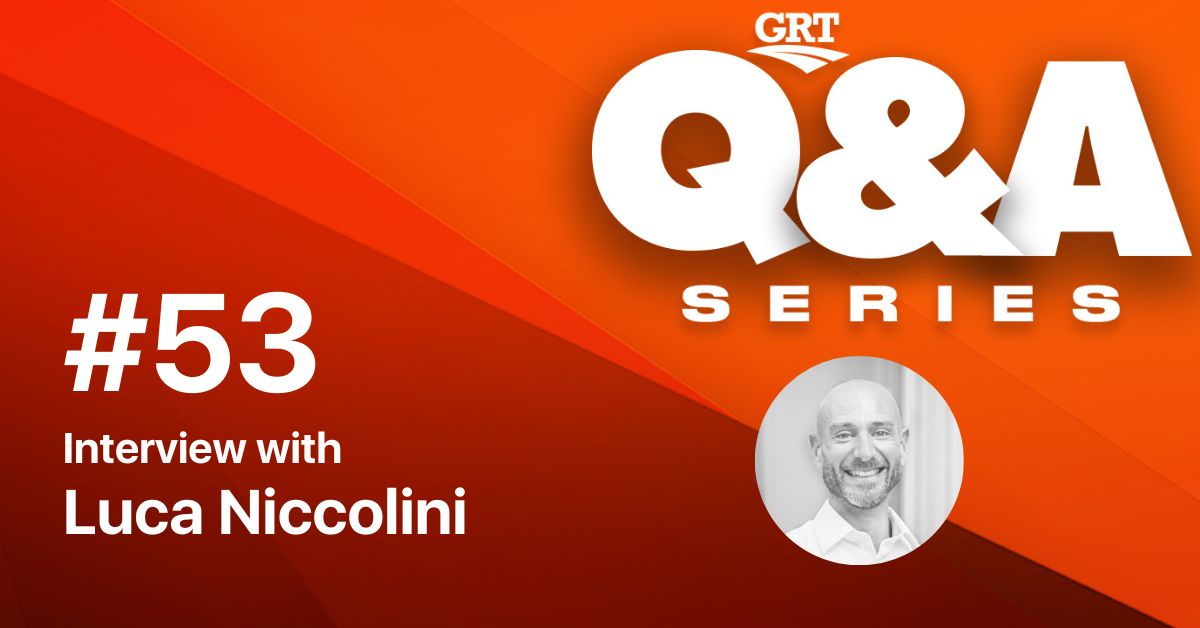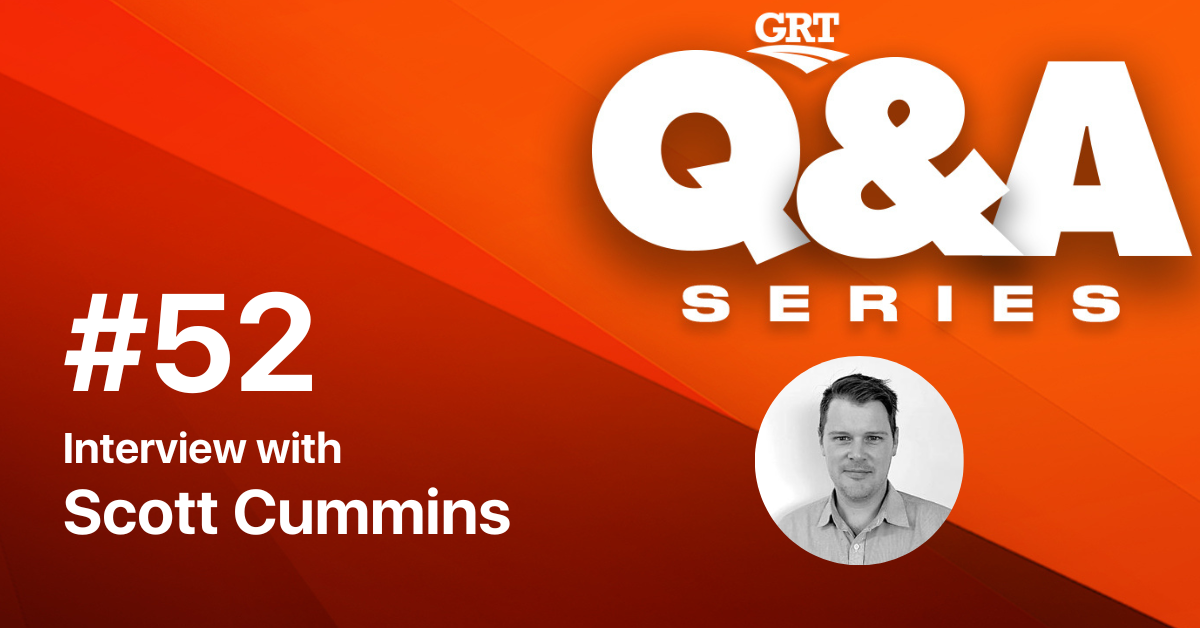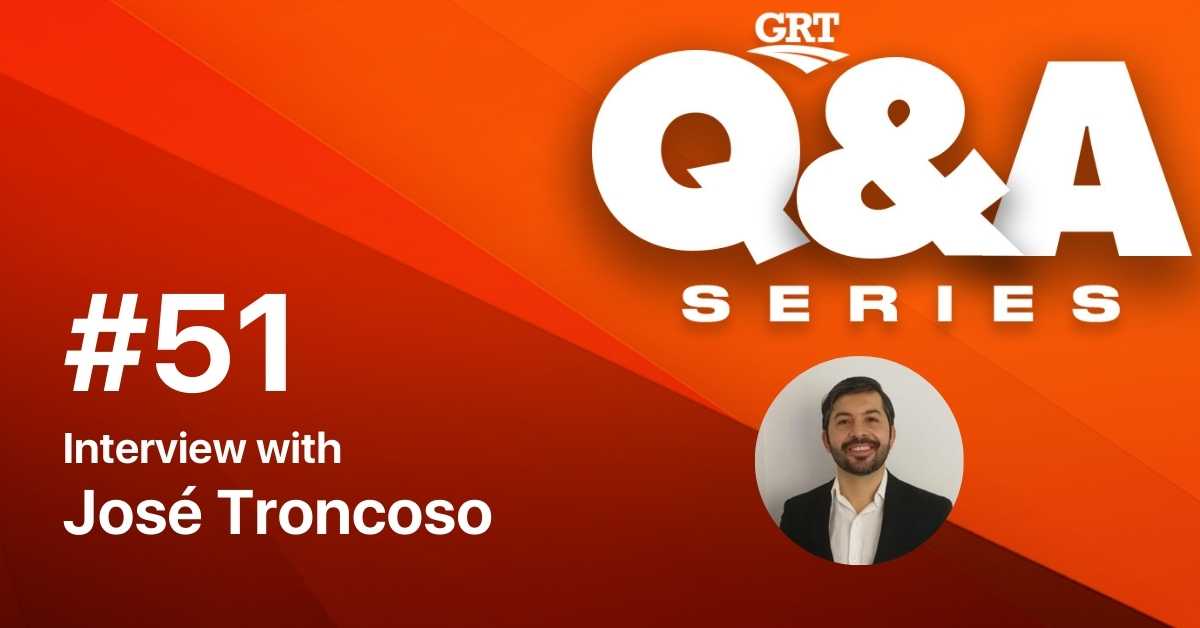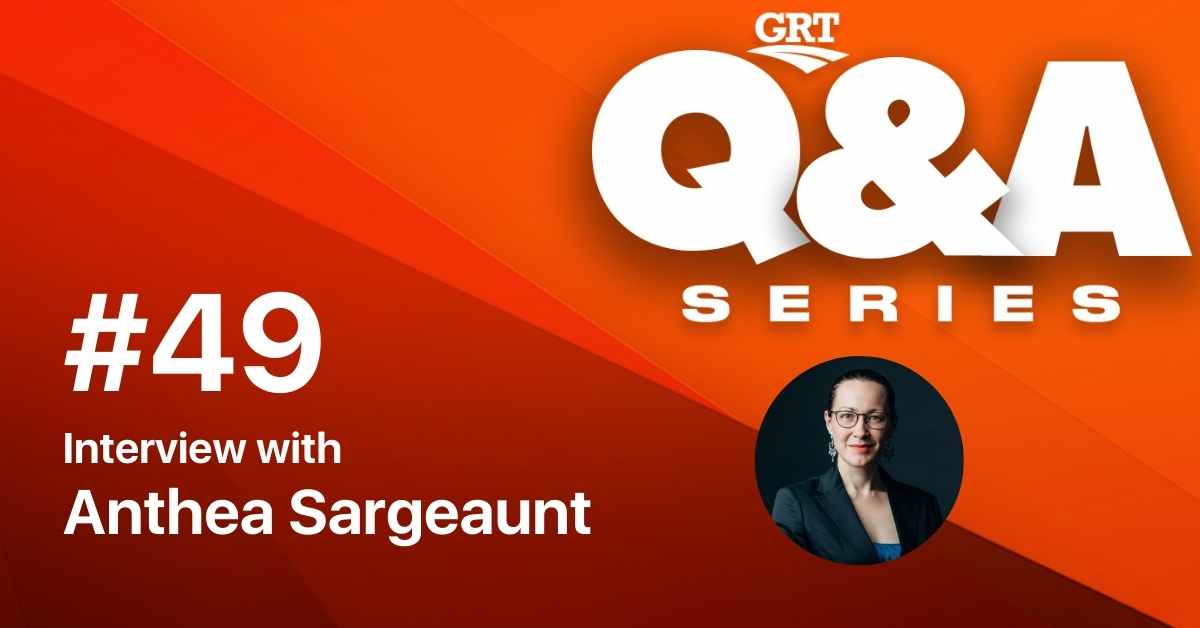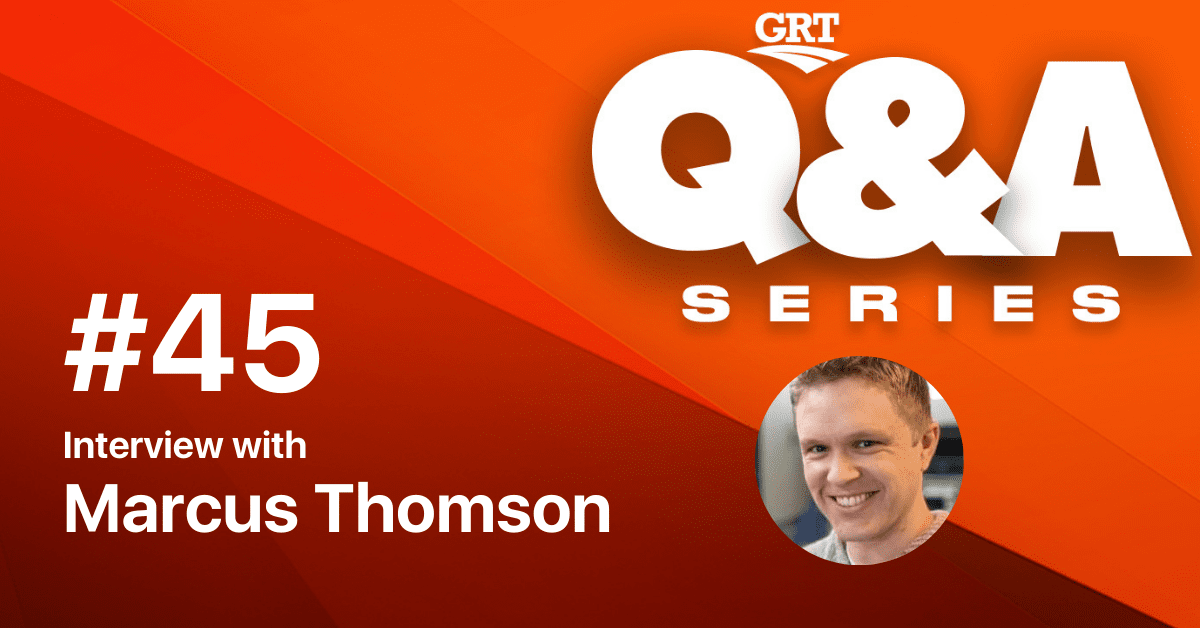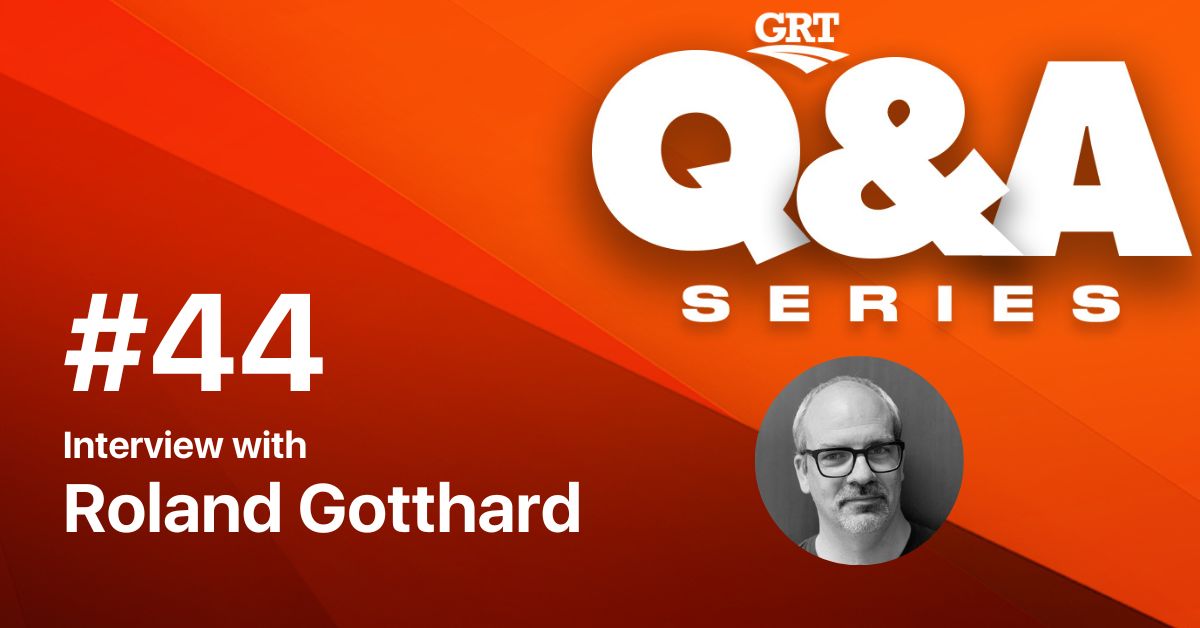Q&A Series #01: Interview with Mavis Nye
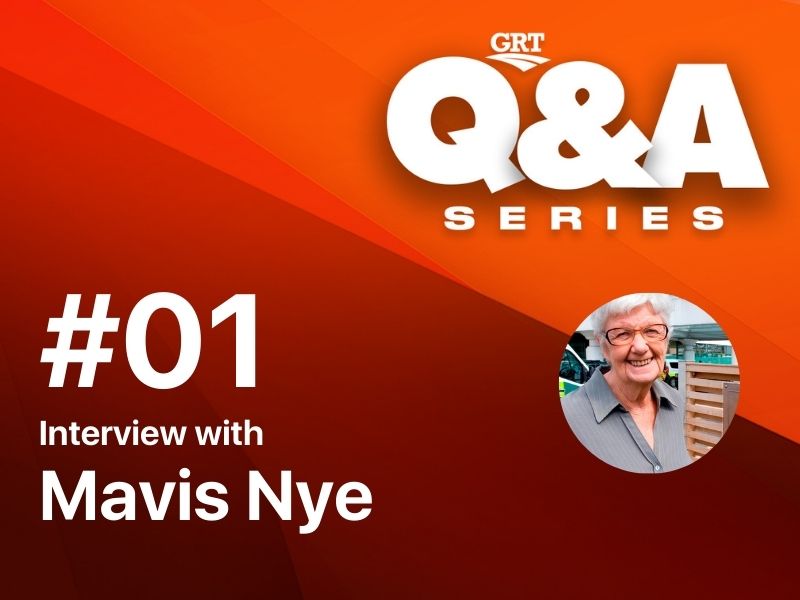
About the guest
Mavis Nye Dr (hon) BEM. BCAh, President & CEO of Mavis Nye Foundation (MNF). Mavis Nye is a 2021 Queen of England Birthday Honours list recipient of the prestigious British Empire Medal for services to people with Mesothelioma. The Mavis Nye Foundation was created to inspire victims of mesothelioma, an asbestos-related terminal Cancer. To give hope to fellow victims and show a light at the end of the tunnel.
The topic of discussion: Non-occupational Asbestos Dust Exposure
Non-occupational asbestos dust exposure leading to mesothelioma is often underreported. It happens through the washing of clothes of workers that work in asbestos dust-generating occupations and living close to asbestos mine, mill or manufacturing industry.
Mavis Nye is a 2021 Queen of England Birthday Honours list recipient of the prestigious British Empire Medal for services to people with Mesothelioma. The Mavis Nye Story is a conversation held between Global Road Technology and Dr Mavis Nye, a global Icon and Mesowarrior, to know more about her story and get insights on raising awareness on dealing with dust at its source to prevent non-occupational exposure to the deadly dust.
Q1: How did you get diagnosed with Mesothelioma?
I have had Mesothelioma for almost 13 years now. I was diagnosed with a left epithelioid mesothelioma on video-assisted thoracoscopic biopsy in 2009 with pleurally based nodules in the left haemothorax on radiologic assessment. I underwent talc pleurodesis and four cycles of cisplatin and pemetrexed. Sixteen months later, I developed progressive disease and was treated on a trial of NGR-hTNF (a selective vascular inhibitor) for 4 months to disease progression. I underwent rechallenge with four cycles of pemetrexed and cisplatin, achieving disease stability for 11 months then received six cycles of carboplatin and gemcitabine achieving disease stability for 6 months.
Q2: What has been your experience dealing with Mesothelioma and why did you start the Mavis Nye foundation?
From June 2014 to June 2016, I received 52 cycles of pembrolizumab (MK-3475) at a dose of 10 mg/kg every 2 weeks on a phase 1 clinical trial (KEYNOTE-028). The tumour biopsy fulfilled criteria for PD-L1 positivity as per trial protocol. I tolerated the drug well with immune-related adverse events of grade 2 pruritic rash and grade 1 mucositis, remaining ECOG (Eastern Cooperative Oncology Group) performance status 1. A partial response was seen on imaging after 3 months, with a 91% reduction in target lesions, which was maintained until June 2016.
In April 2018, 21 months after completing 2 years of pembrolizumab, I developed asymptomatic, small volume, radiologic disease progression and recommenced pembrolizumab on study, per protocol, on the same schedule. Following three cycles, a 12% reduction in tumour size by RECIST (Response evaluation criteria in solid tumour) criteria from the rechallenge baseline was seen. Stable disease was maintained for 25 cycles when radiologic disease progression was confirmed.
This progressed to my spine, and I have just completed a System 2 trial for Radiotherapy to control pain, as it woke me in the night and my Oncologist was worried. This was successful. But I became weak and fell over right in front of the Ambulance station where a very kind man picked me up and took me into the Minor unit. I was let go to return home but 2 days later my leg was swelling up and I attended the Minor Unit that we are so lucky to have in Whitstable. They scanned for clots but that was clear, but the leg was full of fluid, so my Edema was causing problems and still is. The pain in my spine is OK though. I have had a scan and an MRI, and the spinal cord isn’t compressed. The Mesothelioma is growing very very slowly so I think Immunotherapy is still working.
My doctor says I’m teaching them as I’m now the longest living Immunotherapy patient in the UK as it will be 13 years Jan 2022 that this journey started.
I started The Mavis Nye Foundation to give back to the NHS and to thank them for saving my life.
Q3: How important is building a safe and healthy workplace?
It’s very important to have safe and healthy buildings as we must protect people from this disease. It is preventable if asbestos is banned and then what is in buildings can be managed but we need surveys to know just where the asbestos is as now mesothelioma has become a disease of tradespeople and workers in old buildings and schools need to be made safer and I suggest a plan that all asbestos is removed over a planned span of years.
Q4: What is the ‘human cost’ of failing to implement workplace health and safety?
The human cost of failing to implement workplace health and safety is enormous and the disease will never be eradicated. The suffering of families will go on and on.
Q5: National Safe Work Month has the theme; think safe, work safe and be safe. How important is knowledge in empowering the workforce to speak up?
We should encourage that we train the workforce into the dangers of asbestos and the diseases it causes and to encourage them to speak up if they see failings and wrong doings They must be trained and given the right equipment for protection as they work i.e. masks, if they don’t shave then make them wear a motorised mask.
Q6: How do we move beyond the rhetoric of safe work and walk the talk?
We can only move beyond rhetoric of safe work if we work together and discuss all the problems and everyone plays a part.
Q7: What National Safe Work Month message do you have for the Australian community?
My message for National Safe Work Month is let’s do all we can to make our world asbestos safe. It can be done if we raise more awareness that asbestos kills. There is no safe level of exposure. Make sure you follow all the regulations they are there to protect you and for your own safety and your families safety.
My mesothelioma is secondary as my husband brought the dust home on his clothes.
If you are in Australia, this is what you need to know about asbestos. This National Safe Work Month we encourage regulatory authorities to increase their stringency on all forms of dust exposure, as no amount of dust is safe and its effects as we can see in Mavis Nye’s case affect family members beyond the workplace. Think Safe, Work Safe and Be Safe extends beyond the workplace, deal with dust at its source to prevent non-occupational exposure to hazardous and life-threatening dust.
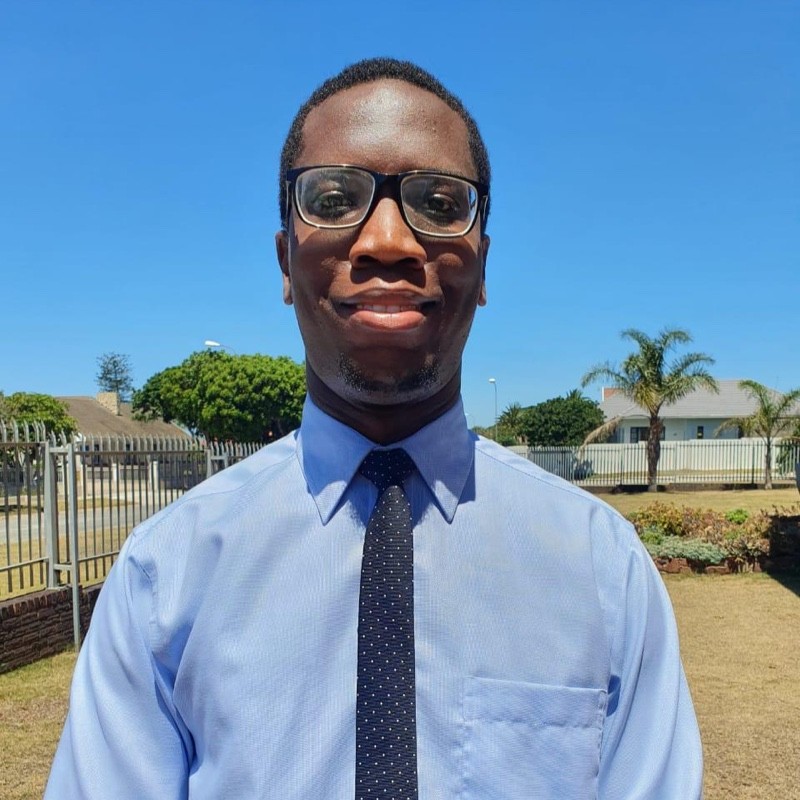
Keith Nare
Technical Head of Communications for GRT, Keith leads GRT's content strategy across various platforms, whilst coordinating internally to build the voice and opinions of the GRT team. Keith is a product of Nelson Mandela University and his PhD work focuses on Polymer and Physical Chemistry. He was a Research Associate at SANRAL in South Africa and later spent time as a Visiting Research Associate to NTEC at the University of Nottingham in the UK. He is a former Director of Communications for CALROBO in the USA.
Keith is passionate and enthusiastic about health and safety, sustainability, networking and finding synergy through conversations.
Related Interviews
MORE INDUSTRY ARTICLES
Nothing found.
